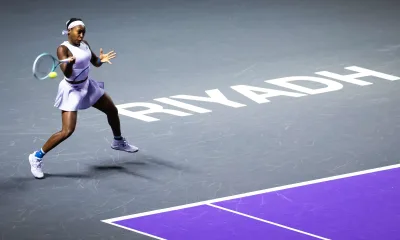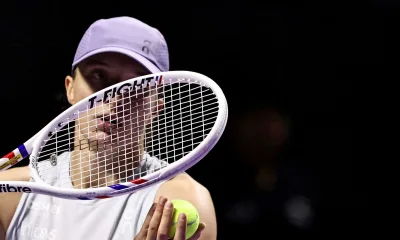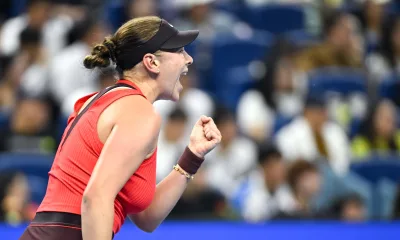Analytics & Stats WTA
Raducanu’s US Open loss halts ranking momentum; UTR places her at No 11
Raducanu’s US Open loss to Rybakina halts ranking rise; UTR lists her at No 11, needs wins in Asia..
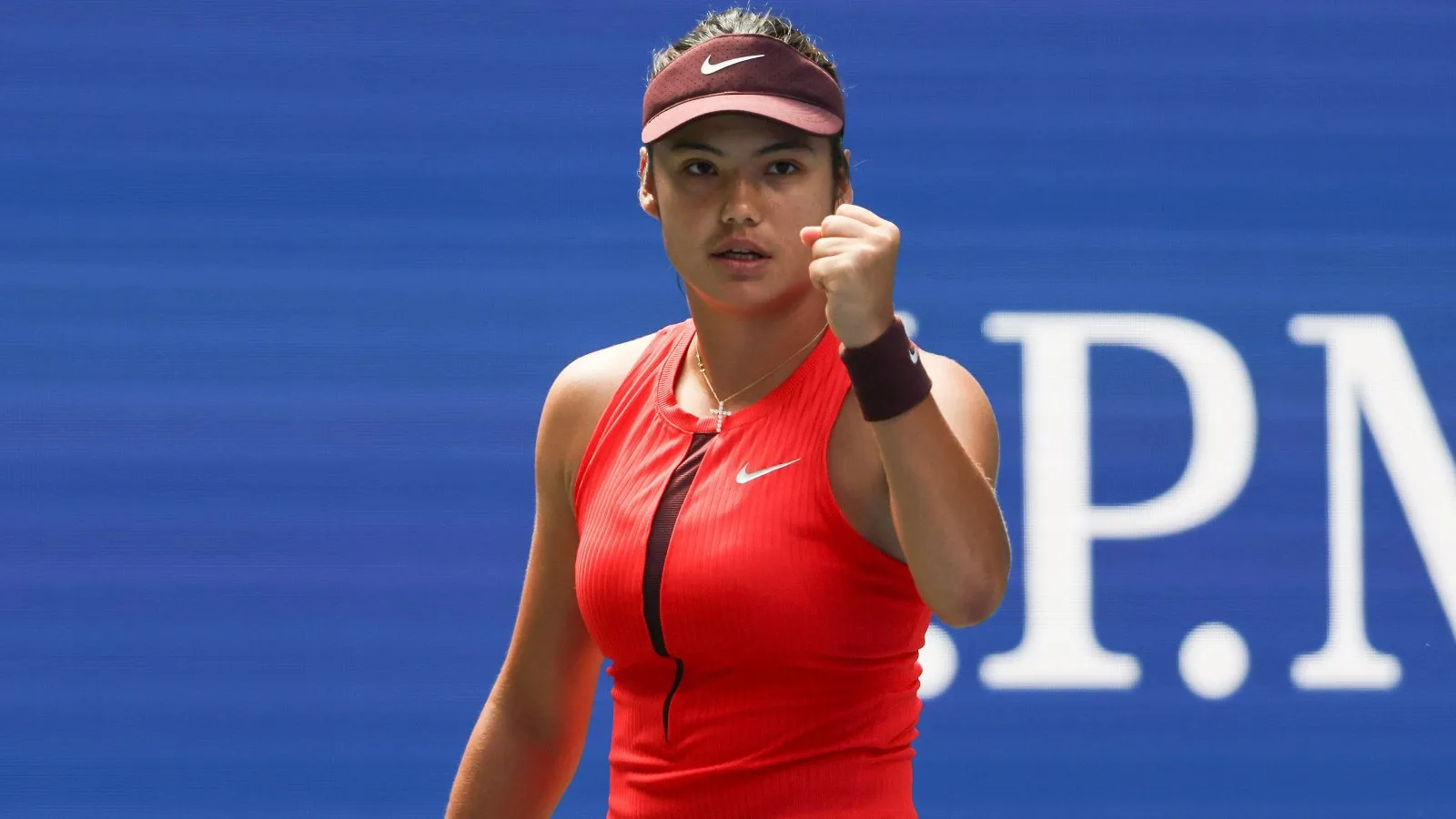
Emma Raducanu’s upward movement in the rankings over recent months collided with a heavy defeat at the US Open, where she exited in the third round to Elena Rybakina. Progress that had suggested a return toward the top 30 was interrupted, and Raducanu faces a clear task to re-establish the momentum that had been building.
“When the very top play against me, they have a point to prove that they’re at the top, and they’re there for a reason,” said the 2021 US Open champion
Her comment followed a match that left her reflecting on the gap that remains between her and the very best players on the tour. “While I’m improving, doing better, gaining maybe some more respect around, the top have definitely raised their game. Every time I’ve played one, they’ve kind of shown that.
“I’ll take that as a compliment that they’ve decided to really lock in against me, but at the same time it does show I have a lot more work to do.”
Raducanu acknowledged the importance of perspective after a difficult result. “It’s going to be important to just look at the last few months as a whole and the improvements that I’m making, because a match like that can easily kind of get you down if you let it. I’m going to try not to do that, regroup and just work hard.” She will need several wins during the upcoming Asian swing on the WTA Tour to move into a seeded position for the Australian Open; if she holds on to a place near the top 30 heading into 2026 she will be on course to secure seeding at the Australian Open.
The UTR Rankings, which emphasise recent form rather than a 52-week rolling system, offer a different view of current performance. Raducanu had risen into the UTR top 10 and was ninth after two comfortable opening wins at the US Open, but she slipped to No 11 after the Rybakina match. The UTR list is likely to adjust again after Coco Gauff’s defeat to Naomi Osaka at the US Open.
UTR Ranking (September 2 2025)
1. Coco Gauff
2. Aryna Sabalenka
3. Iga Swiatek
4. Elena Rybakina
5. Ekaterina Alexandrova
6. Mirra Andreeva
7. Zheng Qinwen
8. Marketa Vondrousova
9. Elina Svitolina
10. Jessica Pegula
11. Emma Raducanu
12. Naomi Osaka
Analytics & Stats Player News Tennis Coaching
Alcaraz’s off-hand: the hidden engine behind his forehand
Alcaraz’s extended off-hand increases shoulder coil, storing energy that fuels his explosive forehand
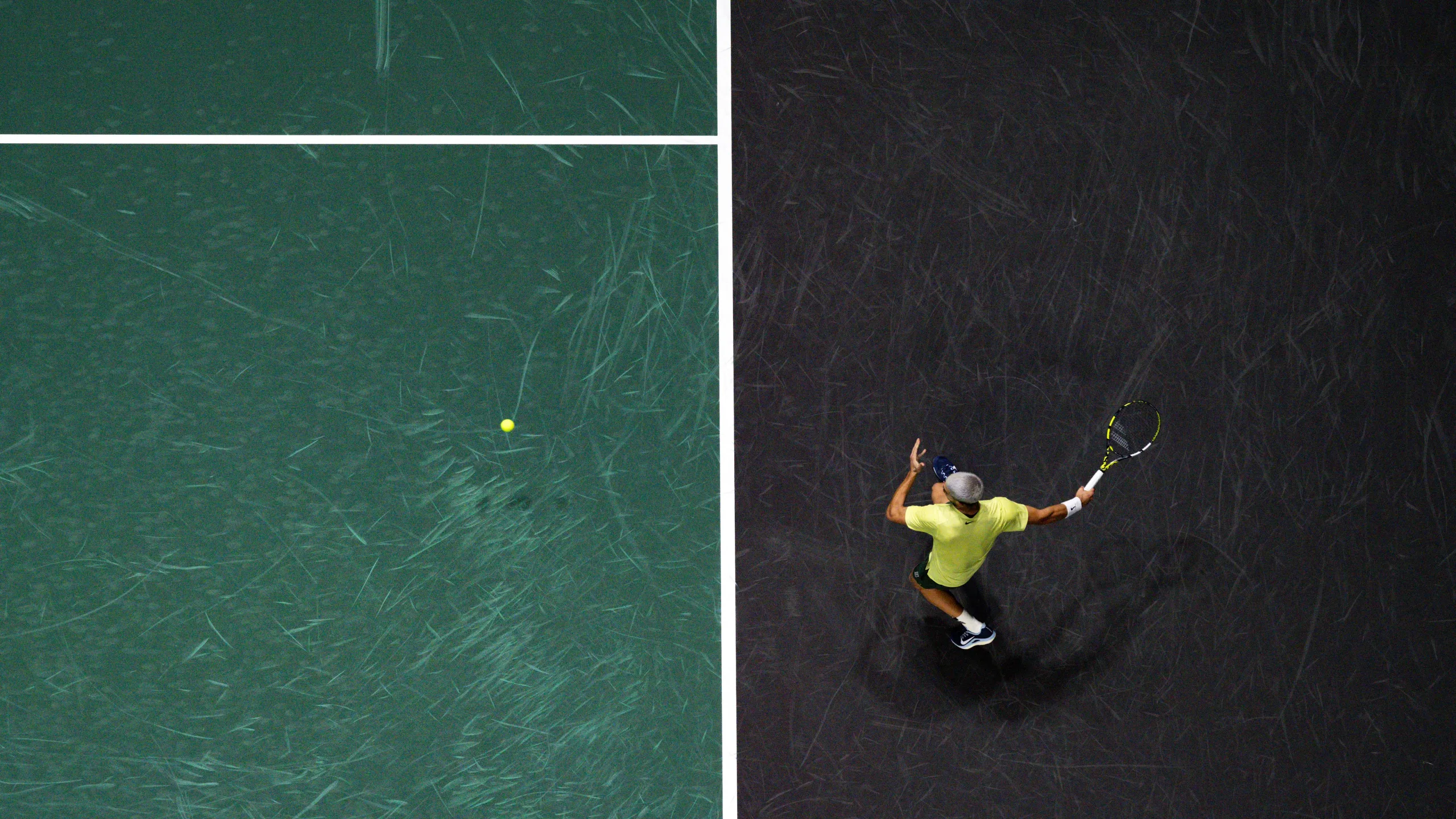
Watch almost any top-level player hit a forehand and you will notice the off-hand is not idle. During the takeback it helps position the racquet and rotate the upper body, creating structure and stored energy to release into the shot. For most players the hands separate during the takeback and the off-arm stays parallel to the net.
The current men’s No. 1 takes a different route. Where most players let go of the racquet’s throat when the off-arm is just about parallel to the net, he holds it until his left hand is even with his hitting shoulder. That retained contact changes how his stroke loads and unloads.
Keeping the off-hand on the racquet longer creates greater upper body tension. Mimic his turn and you can feel the stretch in the lats. The added shoulder rotation builds more stored energy that can be transferred into the swing. Yet the result is not a bigger, slower motion. He turns his shoulders more while maintaining a compact geometry: a bent hitting elbow and the racquet head level with the chest, similar to players who use a more modest shoulder turn.
That combination lets him generate faster swing speed without an exaggerated path. He uncoils with a relatively loose arm and so produces immense racquet head speed without relying on an extreme loop or oversized swing.
He is not a template everyone can copy. Few players can replicate his range of motion, upper body flexibility or world-class timing. Even so, approximating a deeper shoulder coil and delaying the separation of the off-hand can measurably increase the amount of energy available to a forehand. For players and coaches focused on adding speed and consistency, the lesson is clear: the off-hand is an active tool for storing rotation-based power, not merely a balancing aid.
Analytics & Stats Tennis Coaching
Why Numbers Help but Do Not Decide Tennis Matches
Analytics show tendencies, not fate: coaches say context, timing and feel decide tight matches. Now!
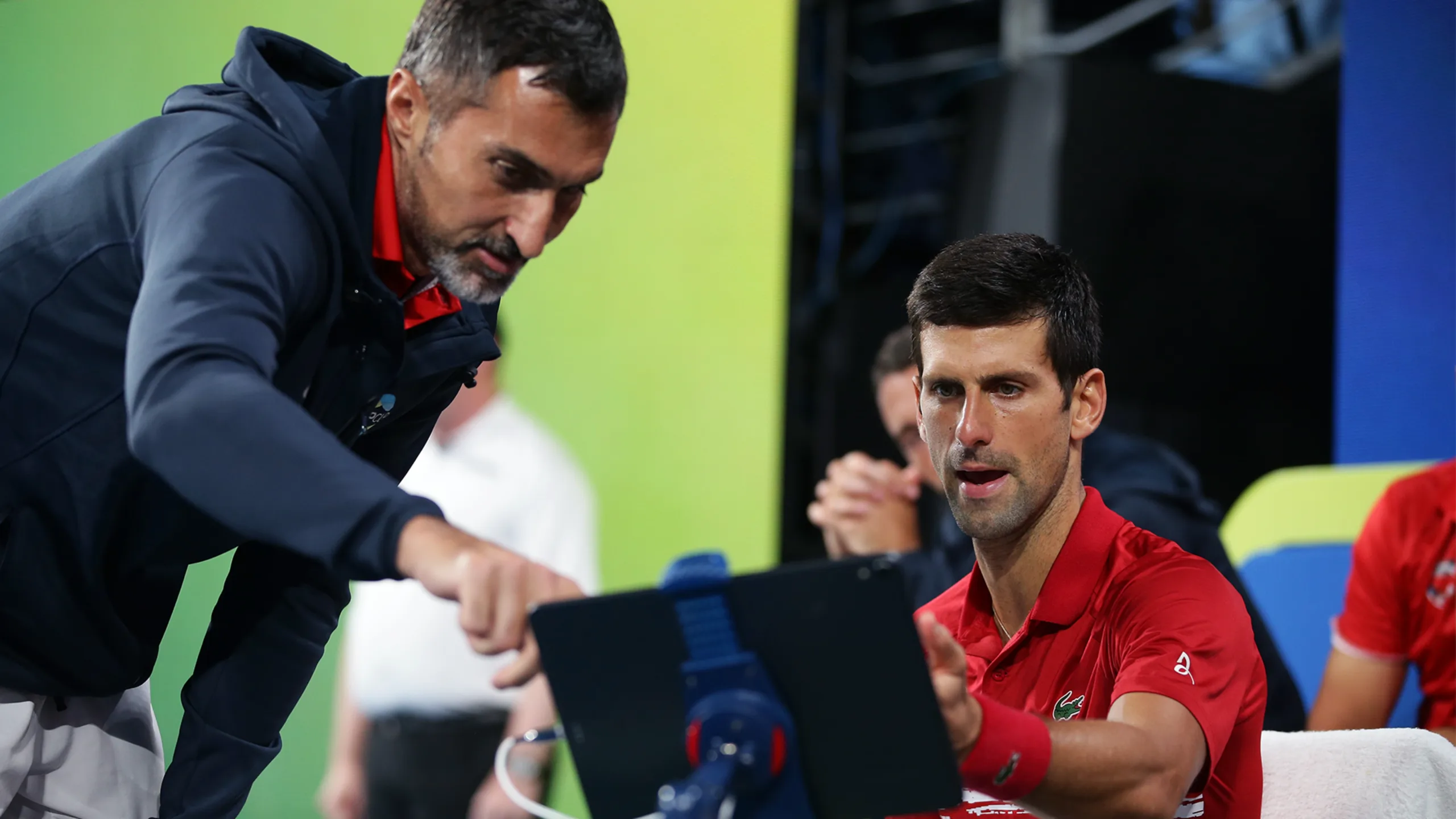
Ivan Lendl was an early practitioner of match charting, and his work remains a useful reminder of the long relationship between coaching and numbers. “Ivan would do [the math] himself,” Jimmy Arias recently said. “Somehow, Ivan would get video tapes of the matches of the guys he was most worried about and chart them to figure it all out. It had to be a lot of work.”
The modern game has multiplied those tools. Stats now record everything from break point conversion to first-serve percentages and biomechanical details such as body rotation and height of bounce. Those measures can expose tendencies. Rafael Nadal, for example, posts a career best Under Pressure break point conversion of 44.9 percent, while Novak Djokovic sits at 44.1 percent. Over 300 break-point chances that amounts to roughly 134.7 conversions for Nadal and 132.3 for Djokovic, a difference of just over two points.
Numbers can be revealing and also misleading. “To really get a good sense of what a stat means,” veteran coach Craig Boynton told me, “You really have to drill down into it, see what factors are in play, including other stats.” Paul Annacone put it another way: “People sometimes go wrong by looking at the numbers in isolation…They don’t always look at when things happen in a match, or why they happen. I think it’s really important to understand why the numbers are what they are.”
Arias offered a practical frustration: “I used to get annoyed at a player I [worked with] because he would get 80% of his first serves in—the tour leader in 2025 at the moment is Alexander Zverev, at 71.5%—but he won a relatively low percentage of them because he was just spinning the first ball in.” He also highlighted the value of second-serve points won. “That one tells you who is winning the neutral rallies,” he said. “Generally, I’d like that person to have a better chance to win.”
Coaches caution against rigid reliance on analytics. Annacone warned that too much data can blunt instinct: “In individual sports, players have innate skills and with too much data they’re just not going to feel it, or get that instinctive sense of, ‘This is going to happen,’ or, ‘This is what I’m going to do.’” Boynton described how he frames tendencies as options rather than mandates: “Hey, look, if you can’t get a feel, or some tell, about what your opponent’s doing to bother you, here’s a tendency. Don’t make it non-negotiable. You want the player to make the judgement and the final decision.”
Analytics & Stats ATP WTA
Time to End the ‘Do-Over’ Serve Toss?
Proposal to ban ‘do-over’ tosses gains traction as bigger serves and aces change modern tennis. now.

Tennis faces a recurring question as serving grows more dominant: should players be allowed to catch a tossed ball and try their toss again? The practice, often called the do-over toss or DOT, lets servers reset a flawed toss before the point and can occur multiple times in succession.
Critics argue DOTs compound an already server-friendly format. Two serves per point already favor the server; repeated tosses add additional advantage, disrupt returners and can be used to stall. “It is beyond ridiculous,” Gilbert said as early as the spring of 2024. He highlighted how several DOTs affect fairness and noted that genuine trials of adverse conditions could be handled away from the baseline before a point begins.
David Macpherson was blunt: “I would make every (caught) ball toss a fault. Catching ball tosses these days, it drives me nuts.” He also criticized tennis governance for resisting routine rule review: “It’s bizarre to me,” Macpherson said. “Innovation, I think, is good. We see it all the time in my football that I love in Australia. They’re always tweaking the rules to try and make it more attractive and fair. So, I don’t know why we’re so stodgy in tennis where we don’t look at things. We don’t have an independent panel that looks at the rules each year and says, “How can we make the game more attractive, singles and doubles?””
The fragmented rulemaking process — where the ITF, ATP and WTA issue rules that apply to the events they control — slows adoption of uniform changes. Tournaments have experimented with slower courts or balls that fluff up, though that strategy has been linked with increased arm injuries. Some coaches push further. Patrick Mouratoglou said, “The high number of aces and serve winners is detrimental to tennis. We want more rallies and less of these quick points—boom, serve, winner, ace, missed return. An occasional ace is fine, but not too many.”
Serving power and player size have risen: the current ATP Top 10 is, on average, an inch taller than it was a decade ago. An AI trawl found that there are 17 men 6-3 or taller in the ATP Top 50. This trend is evident in the WTA as well: At least 11 women in the Top 50, including top-ranked Aryna Sabalenka and former Wimbledon Elena Rybakina, are 6-feet tall or over.
The elimination of the first serve is probably too drastic a measure at this stage of the game’s evolution. Doing so could also yield unpredictable results. Players with less potent or consistent serves might be punished even more severely than big-serve specialists. But it would certainly be worth trialing at some level of the competitive game.
-

 Analytics & StatsATPUS Open2 months ago
Analytics & StatsATPUS Open2 months agoSinner: Predictability Cost Me in US Open Final as Cahill Reveals Djokovic’s Counsel
-
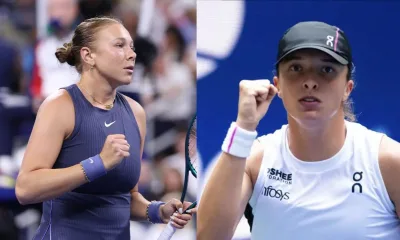
 Analytics & StatsUS OpenWTA2 months ago
Analytics & StatsUS OpenWTA2 months agoAfter the US Open: Six WTA takeaways from the 2025 tournament
-
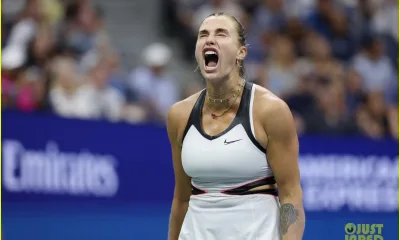
 Analytics & StatsFinalsWTA2 months ago
Analytics & StatsFinalsWTA2 months agoCan Iga Swiatek Overturn Aryna Sabalenka for 2025 Year-End No 1?


